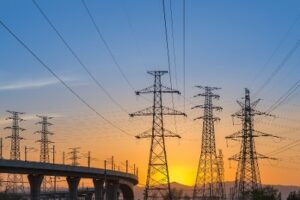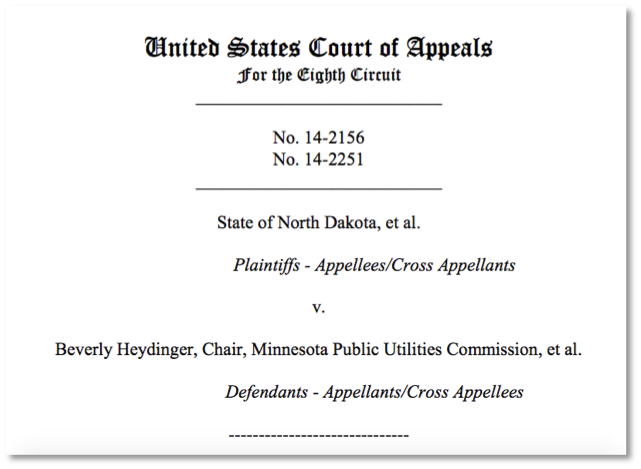A major bottleneck in the deployment of renewable energy systems is the lack of adequate transmission capacity. According to recent studies cited by the U.S. Department of Energy, the United States will “need to expand transmission systems by 60% by 2030 and may need to triple those systems by 2050” to meet growing demand for clean energy. In addition, transmission infrastructure is increasingly at risk of damage and destruction due to climate change.

Addressing the transmission bottleneck may turn, to a large extent, on the Federal Energy Regulatory Commission’s (FERC) willingness to step in when states fail to act on applications for transmission facilities. While states have primary authority over siting electric transmission facilities, section 216 of the Federal Power Act (FPA) gives FERC “backstop” authority to approve the siting of certain interstate transmission facilities in areas designated as “national interest electric transmission corridors” when state authorities fail to act for a period and in other circumstances.
FERC’s backstop siting authority was recently expanded by the 2021 Infrastructure Investment and Jobs Act. To implement its expanded statutory authority, FERC recently commenced a rulemaking on the permitting of interstate transmission facilities under section 216. This rulemaking has the potential to: (a) speed up the permitting of new interstate electric transmission facilities; and (b) ensure that federally permitted facilities are sited and constructed in a manner that is resilient to the impacts of climate change.
Sabin Center’s Comments on FERC’s Proposed Rule
Last week, the Sabin Center submitted comments on FERC’s proposed rule. Our comments address the following issues:
- Timing of state and federal review. We support FERC’s proposal to allow applicants to commence the federal pre-filing process – the first step toward enabling FERC to exercise its backstop authority – immediately after the filing of any state applications for approval of transmission facilities. Under current FERC regulations, applicants are required to wait one year between when they file their state applications and when the federal pre-filing process can commence. Removing the one-year waiting period will improve efficiency and reduce delays.
- Criteria for exercising backstop siting authority. We urged FERC to clarify the circumstances under which it will use its backstop siting authority. Specifically, FERC should provide additional guidance on how it will evaluate whether a transmission project “is consistent with the public interest” under section 216(b)(3) of the FPA. Based on judicial decisions in similar contexts, we argued that determining whether a project is consistent with the public interest will require FERC to evaluate the project’s effects on energy supply and prices, as well as its environmental effects. We further argued that, when assessing environmental effects, FERC must consider not only a project’s local environmental impacts, but also its impact on greenhouse gas emissions.
- Disclosure of greenhouse gas impacts of transmission projects. We also urged FERC to require explicitly that applicants disclose the greenhouse gas impacts of transmission projects, including reasonably foreseeable indirect effects. Specifically, we urged FERC to clarify that the Air Quality and Environmental Noise Resource Report submitted by applicants must include an estimate of project-related greenhouse gas emissions, including upstream emissions associated with electricity generation at facilities served by the transmission project. Because those emissions are a reasonably foreseeable indirect effect of the project, they must be evaluated under the National Environmental Policy Act (NEPA). We also urged FERC to disclose when projects will result in net reductions of emissions.
- Disclosure and assessment of climate-related risks to transmission projects. Finally, we agreed with FERC’s proposal to require applicants to submit information concerning the exposure of a project to climate change risk and resilience to climate change risk. This type of information is necessary for FERC to conduct a proper review under NEPA, as clarified by the Council on Environmental Quality’s recent guidance. However, we explained that FERC should also require applicants to submit information about how they assessed climate-related risks and resilience so that FERC can properly evaluate the adequacy of applicants’ assessments and address any shortcomings.
FERC is accepting comments through Monday, April 17. After reviewing comments, FERC will issue a final rule.
Matthew Eisenson is a Senior Fellow at the Sabin Center for Climate Change Law, where he leads the Renewable Energy Legal Defense Initiative (RELDI).



